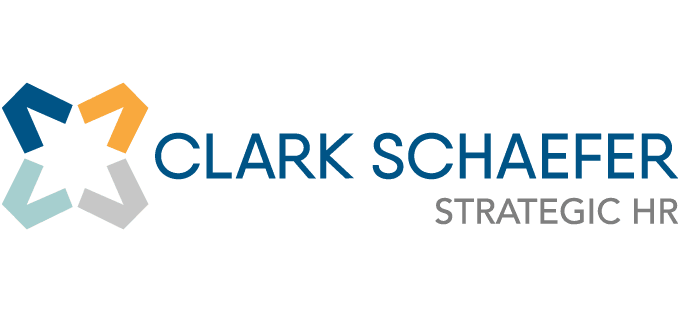How to Create an Effective HR Communication Plan: A Step-by-Step Guide
Last Updated on March 18, 2025 / Communications
,
HR Question:
I’ve been asked to develop an HR Communication Plan to share our new employee handbook with our staff. I’m not a marketer. How do I create an effective communication plan?
HR Answer:
Although it may sound daunting, an HR Communication Plan is simply a roadmap for what, how, and when you will communicate to those who need to know about your new employee handbook. It puts in writing your goals and objectives, audience(s), timetable, communication tools, budget, and evaluation process.
While you are currently looking to create a communication plan for your new handbook, this step-by-step guide can be used to build a communication plan for any HR program, policy, or initiative.
Steps to Creating an Effective HR Communication Plan
1. Determine Your Goals and Objectives
Start by identifying your communication goals (e.g., increase employee engagement, improve information dissemination, support compliance, etc.). Next, determine your SMART (Specific, Measurable, Attainable, Relevant, and Time-bound) objectives. It can help to consider:
• What message are you trying to convey (and is there more than one)?
• What are the results you want to achieve?
• How can those results be best accomplished?
2. Identify Your Audience
Who are you trying to influence, educate, or communicate with? Be sure to develop a comprehensive list as this will help drive your messaging and delivery.
3. Involve Leadership & Employees in the Process
A good rule of thumb is never develop a communication plan in a vacuum. We recommend reaching out to key leaders, managers, and employees to gather feedback and buy-in along the way.
Keep in mind, organization leaders and upper management may be the ones to first introduce the program/initiative, but your managers and supervisors will most likely be the ones implementing the initiatives on a day-to-day basis. It is advantageous to understand their perspectives, as well as those of individual contributors, to ensure your messaging and approach meet their needs and expectations.
4. Choose Appropriate Timing
As HubSpot detailed in their report on how to deliver effective internal communications, there is no “one size fits all” option for timing. Consider when to emphasize actions that align with your company’s values, when questions are likely to arise, and when people will need the information. The more frequent these moments are, the more frequent you will need to remind them of the policy or initiative.
5. Select Appropriate Methods of Delivery
Decide where and how you will share the information. Keep in mind your audience communication needs may vary depending on their position, level of detail needed, and generational communication preferences.
Your communication channels may include:
- Company-Wide Email – To share detailed information and specify a point of contact for questions/concerns.
- Printed Materials – Helpful for information that is complex, needs to be documented, or frequently recalled or referenced.
- Web-Based Portal / Intranet – Having a web-based point of access for all employees can let them explore the information further and access it 24/7.
- In-Person / Virtual Meetings – Leveraging monthly staff meetings or scheduling informational meetings is a great way to share the information all at once, while answering real-time questions that several individuals may have. We recommend recording these meetings so they can be watched later on-demand.
- Social Media – Can be considered if there’s value in promoting a program or initiative externally, especially if it could help support talent attraction and retention.
6. Understand Your Costs
As you identify your preferred communication methods, you should also develop cost estimates for each. This will help you to either develop a budget for your plan or confirm whether you can afford to implement everything you planned within an existing budget.
7. Craft Your Message Carefully
Effective communication is vital for ensuring that everyone is “in the know,” remaining compliant, avoiding unnecessary obstacles, and leading to increased employee trust, engagement, and satisfaction. When developing your messaging, regardless of the mode chosen, apply the “three C’s” to be Clear, Concise, and Consistent, optimizing the information receipt and retention.
8. Determine Who Will Communicate Each Phase
Identify who will be responsible for sharing the information, especially when things get busy or bogged down. Ensure you’ve provided the necessary information/background/training for managers and supervisors as they will likely be the ones fielding questions, engaging employees, and reminding them of how this program/policy will weave into their daily practices.
9. Measure the Plan’s Effectiveness
Determine how you will measure if the plan adequately accomplished your stated goals and objectives, and provide for a “Plan B” should you decide more communication is necessary. This is a critical step to not only measure the success of one particular communication plan, but it can also inform adjustments or improvements you may want to make in future plans.
Remember, a communication plan is a living document and may require revisions or updates as the plan progresses. Continuous improvement and adaptation are essential to ensuring the plan remains effective.
Key Takeaways
Creating an effective HR communication plan might seem like an overwhelming task, but with a clear roadmap, it becomes manageable and even enjoyable. Remember, the key is to stay organized, be clear and concise, and keep the lines of communication open. By involving your team and using the right tools, you can ensure that everyone is on the same page and that your new initiatives are well-received.
So, take a deep breath, follow the steps outlined in this guide, and you’ll be well on your way to successful communication within your organization. And don’t forget, it’s okay to ask for feedback and make adjustments along the way. Happy planning!
Thank you to Melinda Canino for contributing to this HR Question of the Week.
Communication may seem like a “no-brainer.” You have something to say, and you just “say it.” However, HOW you communicate is often as important as WHAT you communicate when it comes to getting results! Clark Schaefer Strategic HR has years of experience preparing communications for diverse audiences on a broad range of HR programs/initiatives/policies. Visit our Communications page to learn how we can assist you with various communication-based projects.




